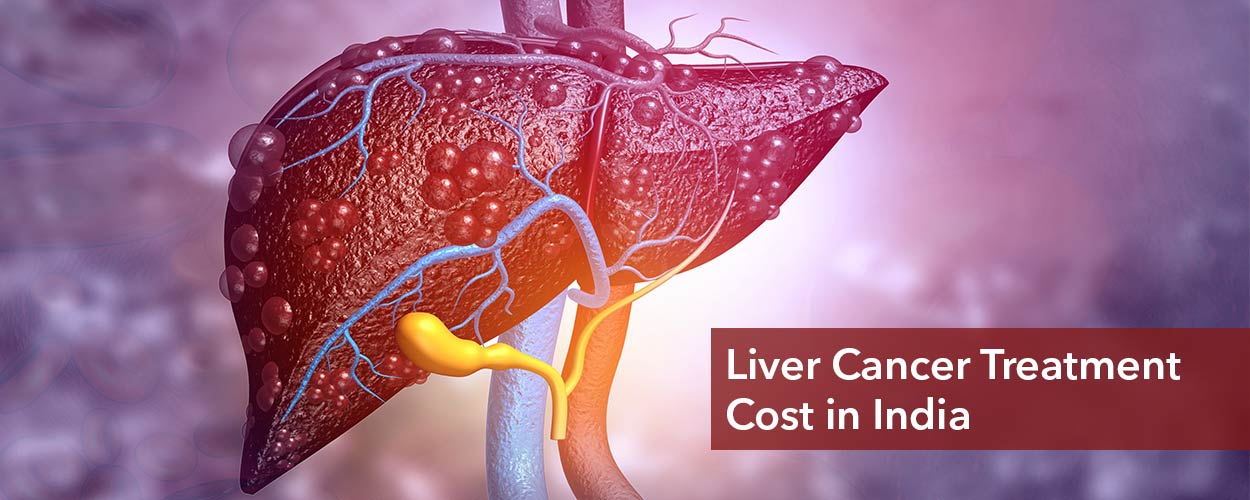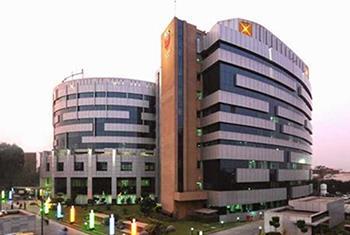Risk Factors
There are some risk factors that raise a person’s chance of developing primary liver cancer:
Chronic viral infection: Hepatitis B virus (HBV) and hepatitis C virus (HCV) infection over a long period of time raises the risk of liver cancer.
Cirrhosis: This disorder, which is gradual and irreversible, causes your liver to build scar tissue, which raises the possibility of developing liver cancer.
Type 2 Diabetes: Compared to people without the condition, those who have type 2 diabetes have an increased risk of developing liver cancer.
Inherited liver diseases: Certain liver illnesses are inherited or genetic, and some of these conditions, like hemochromatosis and Wilson’s disease, can raise the likelihood of developing other liver conditions.
Non-alcoholic fatty liver disease: Those who have an overgrowth of liver fat are at a higher risk of developing liver cancer.
Exposure to aflatoxins: Aflatoxins are poisons that are produced by certain molds and fungi. Usually, crops with poor storage, such as grains and nuts, support the growth of these fungi.
Then, aflatoxins are introduced to these crops. Long-term consumption of foods composed of these ingredients can raise the chance of developing liver cancer.
Excessive alcohol consumption: Drinking alcoholic beverages in amounts greater than a moderate quantity every day or frequently over a long period of time increases the chance of developing liver cancer and irreparable damage to the liver’s cells.
Weak immunity: People who have a compromised immune system, such as those with HIV or AIDS, are more susceptible to liver disease.
Obesity: Being overweight raises the possibility of getting multiple types of cancer. In addition to causing cirrhosis and fatty liver disease, obesity can also result in the growth of liver cancer.
Gender: According to the American Cancer Society, men are three times more likely than women to develop liver cancer.
Smoking: Compared to people who have never smoked, smokers, both present and past, have a higher risk of developing liver cancer.







